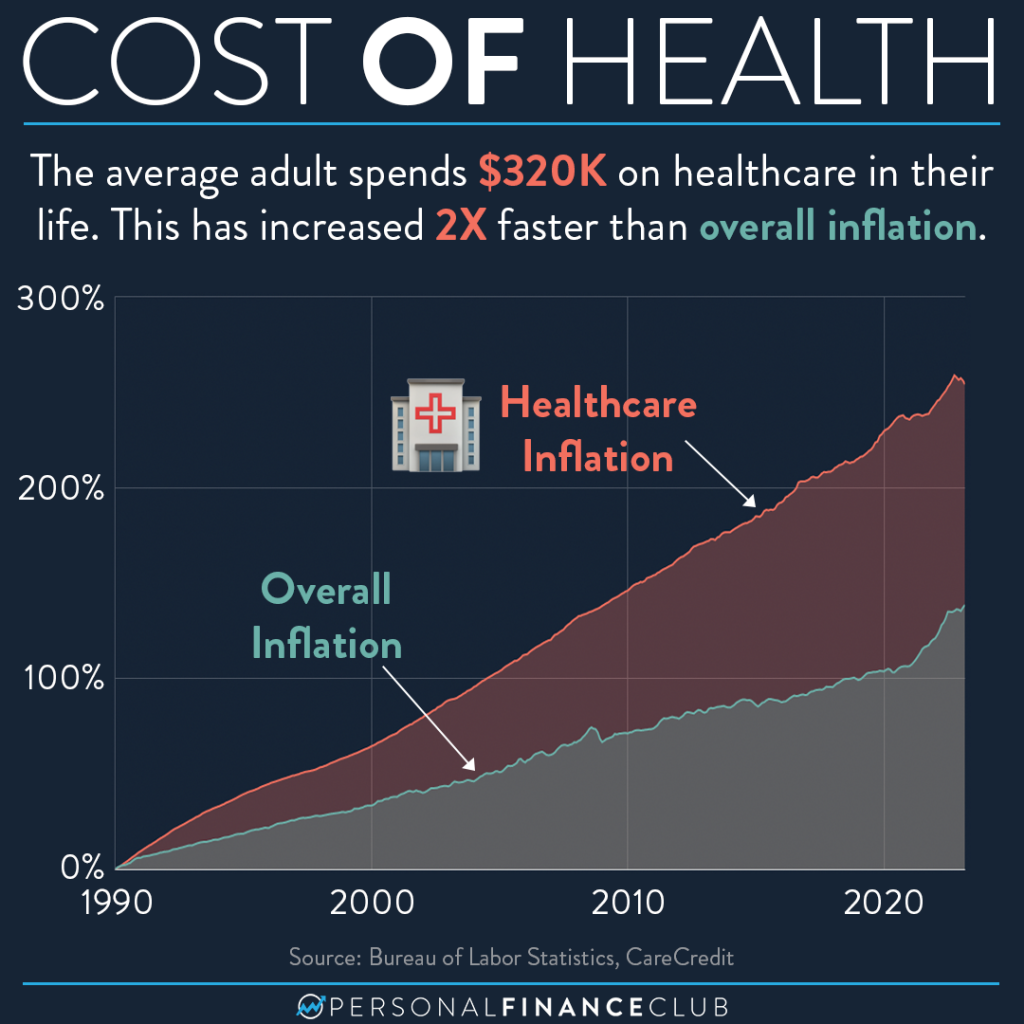How to Execute Healthcare RCM for a Smooth Income Cycle
How to Execute Healthcare RCM for a Smooth Income Cycle
Blog Article
A Comprehensive Overview on Exactly How Medical Care RCM Works to Improve Invoicing and Collections
Browsing the complexities of healthcare income cycle management (RCM) is vital for companies aiming to improve their billing and collections processes. The overview unboxes the intricacies of RCM, from client enrollment to accounts receivable monitoring, offering insights into maximizing each action.
Understanding Income Cycle Administration
RCM is a crucial administrative feature that includes the entire economic procedure of client care, from the first visit setting to the last settlement of the balance. It is a complex treatment developed to recognize, gather, and manage the earnings from the services provided to people.
The RCM process starts when a person routines a consultation and expands through the person's care trip, including payment and collections. A crucial objective is to minimize the time between obtaining and providing a service repayment, thus improving the organization's economic wellness. RCM involves numerous functions such as person registration, insurance confirmation, charge capture, coding, declares entry, payment uploading, and handling rejections and allures.
Trick Components of RCM
In the world of Earnings Cycle Management (RCM), comprehending its key elements is basic to achieving monetary effectiveness within medical care organizations. RCM is an extensive process that includes numerous phases, each crucial to making certain effective invoicing and collections. The key parts include client enrollment, insurance policy confirmation, charge capture, coding, claim submission, repayment publishing, and receivable monitoring.


Once coded, claims are submitted to payers, where accuracy is vital to stay clear of denials or hold-ups - Healthcare RCM. Payment posting entails tape-recording the gotten repayments, which permits the reconciliation of accounts. Last but not least, accounts receivable management concentrates on tracking and dealing with unpaid claims, guaranteeing timely follow-up and resolution
Each component of RCM is interconnected, and inefficiencies in any component can interfere with the whole cycle. Consequently, understanding these components is essential for doctor to enhance revenue and enhance their economic wellness.
Methods for Effective Payment

Systematizing invoicing procedures across the company is an additional crucial method. Establishing clear guidelines for documents, coding, and entry assists preserve uniformity and conformity with regulatory requirements. Educating personnel on a regular basis on these procedures guarantees everybody is up-to-date with the most up to date adjustments in invoicing codes and payer policies.
Precise charge capture is crucial in protecting against profits leakage. Applying regular audits and tracking systems enables the identification and improvement of disparities prior to they affect revenue. In addition, maintaining open lines of interaction with payers assists to rapidly resolve any kind of disputes or misconceptions that may develop.

Finally, appealing clients early in the he has a good point billing procedure by giving clear price quotes and academic products concerning their economic obligations can substantially decrease confusion and boost repayment timeliness. These techniques collectively add to a much more efficient and economically healthy billing system.
Enhancing Collections Procedures
Provided the intricacies of clinical payment and the variety of payer requirements, improving the collections procedure entails applying strategic steps that make sure prompt and exact settlement of solutions provided. Automation devices can aid in tracking claim statuses, sending timely pointers to individuals, and taking care of rejections extra effectively.
Training team to understand the subtleties of insurance coverage and payment codes is just as essential. This knowledge empowers them to resolve payment disparities promptly and connect properly with people regarding their economic obligations. Moreover, clear and clear individual communications are essential. Giving thorough explanations of costs and supplying versatile layaway plan can increase person contentment and punctual repayments.
Normal audits of the collections process need to be carried out to identify locations for improvement and guarantee conformity with policies. By analyzing information, healthcare companies can identify patterns, prepare for prospective concerns, and adapt approaches appropriately (Healthcare RCM). Inevitably, a well-enhanced collections process not just supports monetary wellness however additionally contributes to a much more seamless experience for clients and team alike
Optimizing Income Streams
Structure upon the foundation of a strong collections process, healthcare companies can further boost their economic security by tactically enhancing income streams. This entails a multi-faceted technique, beginning with a detailed evaluation of existing revenue sources to recognize inefficiencies and areas for development. Using advanced data analytics devices makes it possible for organizations to acquire insights right into payer mix, person demographics, and service usage patterns, enabling for data-driven choices that boost revenue capture.
Executing automated invoicing systems can dramatically reduce errors and speed up insurance claims processing, making certain that income is collected much more effectively. Additionally, optimizing payer contracts through regular negotiations can improve reimbursement rates and terms, directly impacting the lower line. Expanding service offerings, such as incorporating telehealth or wellness programs, can additionally bring in a broader client base, therefore boosting profits possibility.
Another vital part is boosting person interaction and complete satisfaction, as satisfied patients are most likely to stick to treatment plans and make timely payments. Providing adaptable settlement choices and transparent payment methods can enhance collections and foster patient commitment. Healthcare RCM. By embracing these visit our website techniques, healthcare companies can produce an extra durable financial framework, making certain sustained development and security in an ever-changing industry landscape
Verdict
In final thought, healthcare Earnings Cycle Administration (RCM) plays an important role in enhancing billing and collections procedures by integrating crucial components such as patient enrollment, insurance confirmation, charge capture, coding, declares submission, and balance due management. By utilizing innovative innovation, systematizing procedures, and promoting patient interaction, healthcare suppliers can considerably minimize claim denials, increase repayment cycles, and boost cash flow. This thorough strategy to RCM inevitably results in boosted economic effectiveness and sustainability for health care companies.
The RCM process begins when a patient timetables an appointment and expands through the individual's treatment trip, including invoicing and collections.One more critical component is improving individual involvement and complete satisfaction, as pleased individuals are extra most likely to stick to treatment plans and make timely payments. Providing versatile repayment alternatives and clear payment techniques can boost collections and foster individual commitment.In verdict, medical care Earnings Cycle Administration (RCM) plays an important function in enhancing invoicing and collections procedures by integrating essential elements such as client registration, insurance coverage see this page verification, fee capture, coding, declares submission, and accounts receivable management. By employing innovative modern technology, systematizing treatments, and promoting client engagement, healthcare service providers can considerably reduce claim denials, accelerate settlement cycles, and boost cash circulation.
Report this page